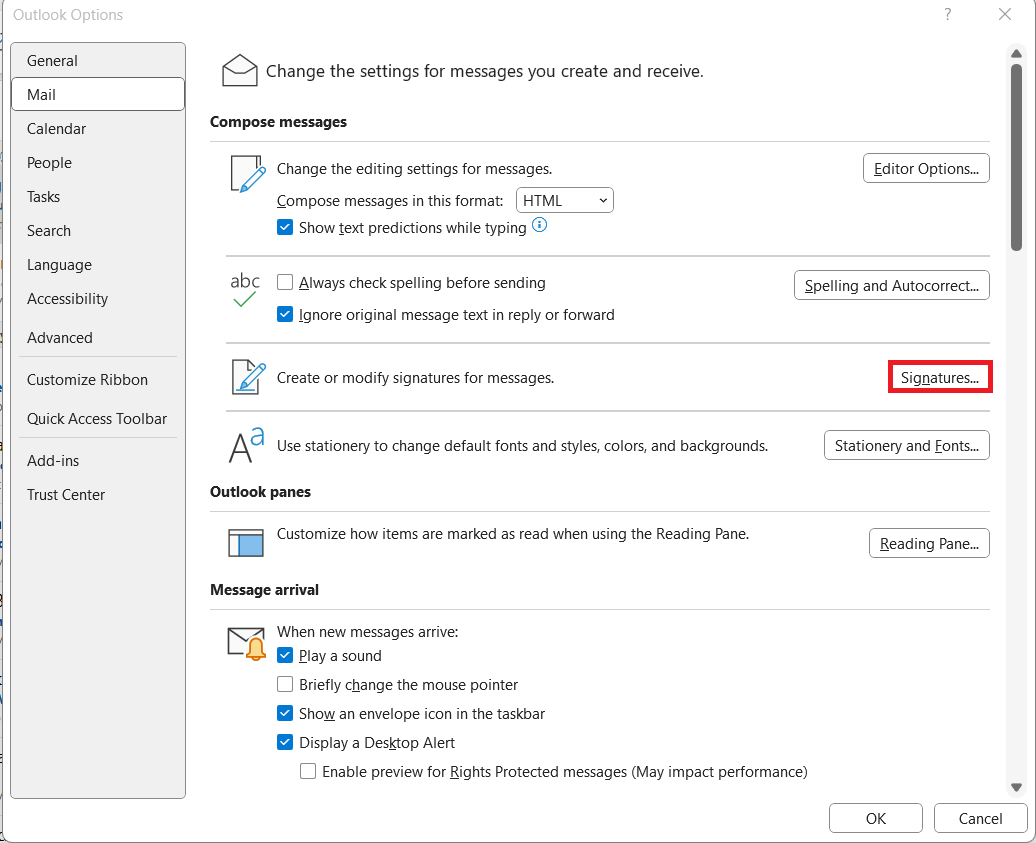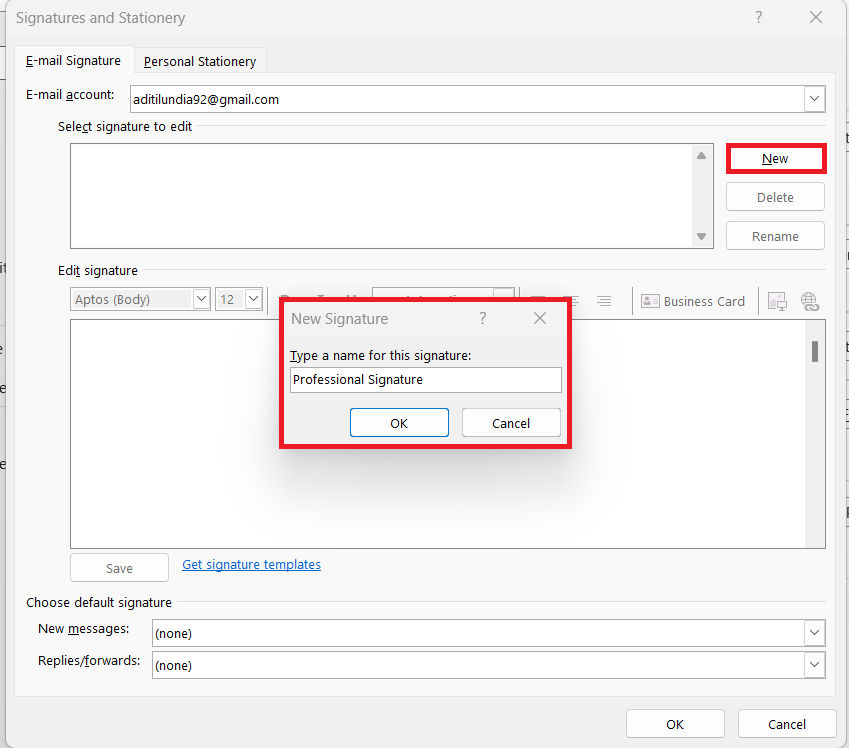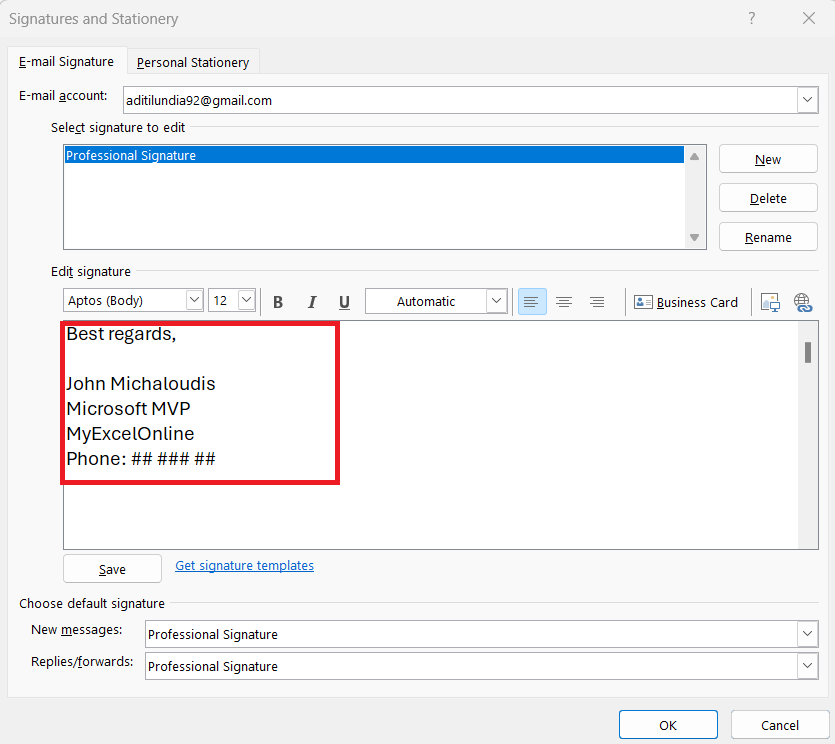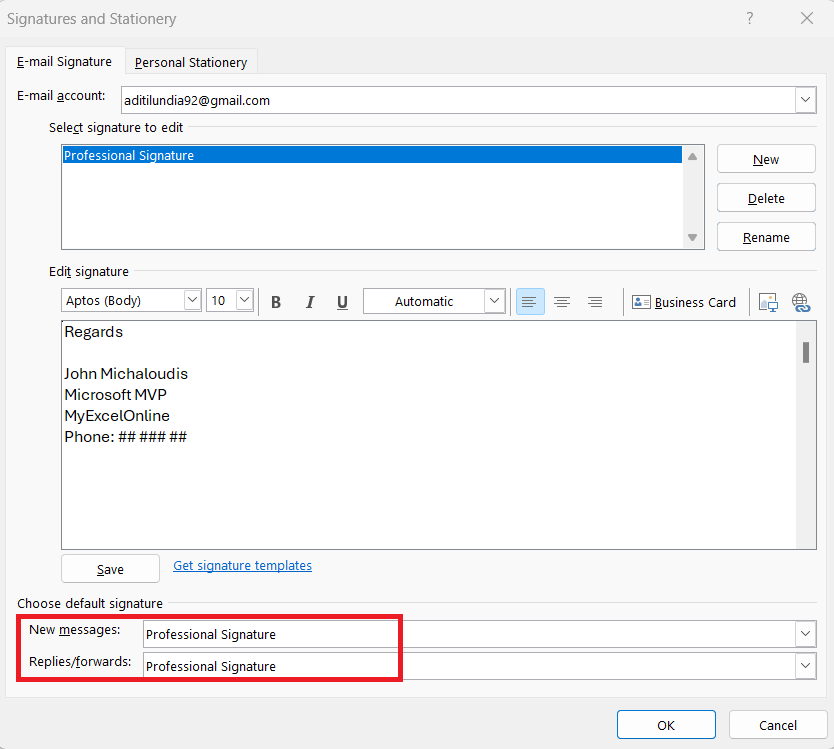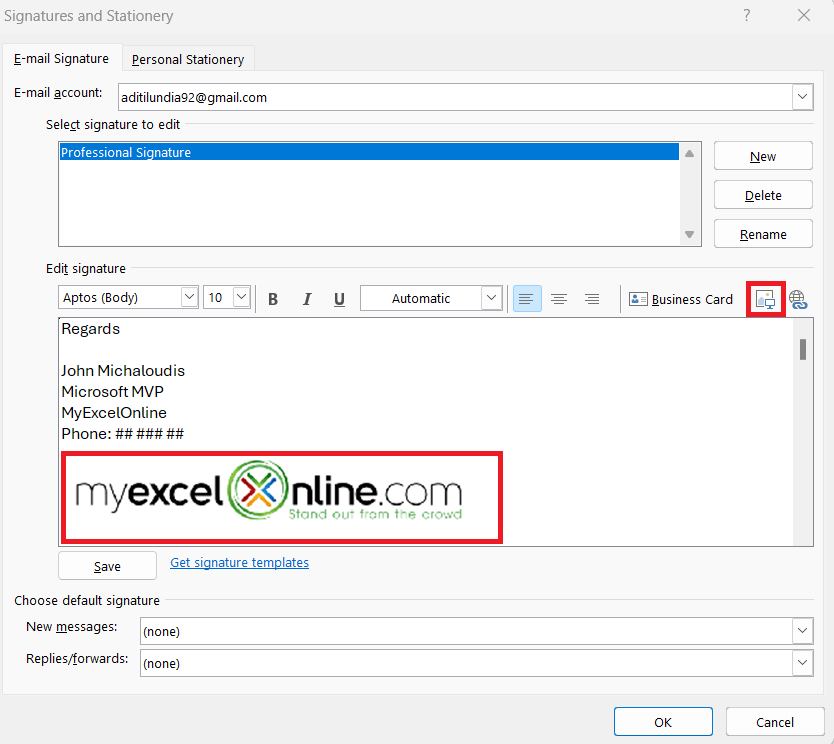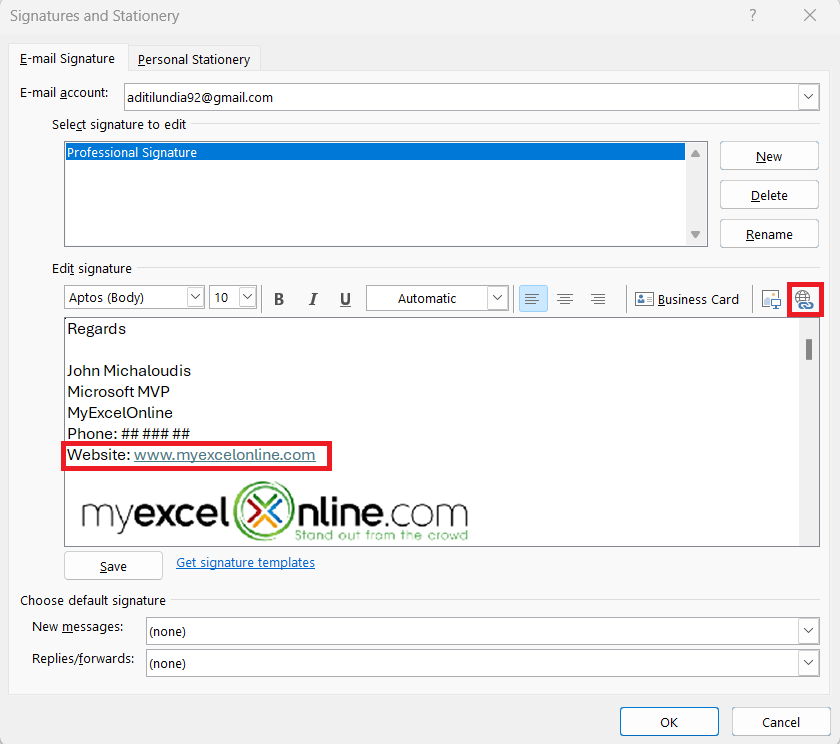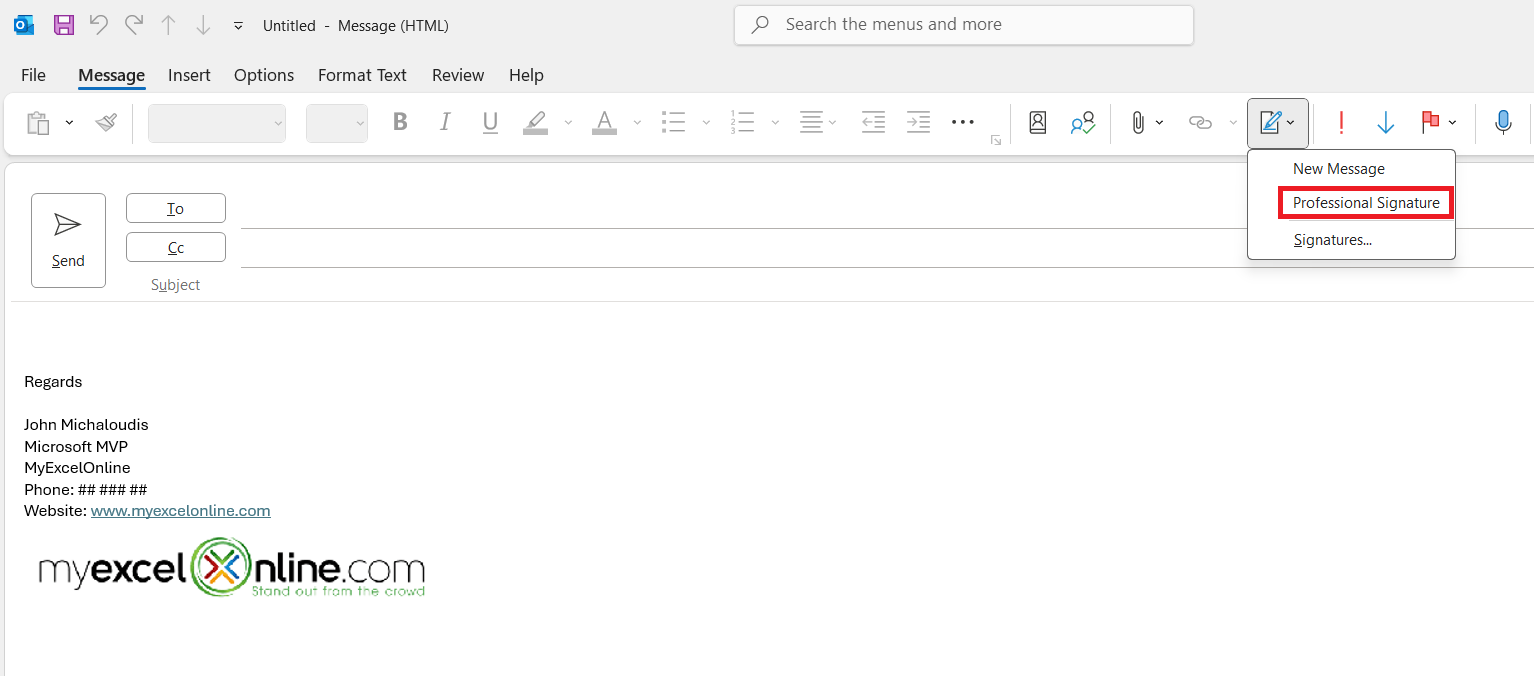Having a consistent and professional email signature is crucial for leaving a lasting impression in both personal and business communications. Outlook offers an easy way to create and manage email signature templates, and it’s a feature I use frequently to streamline my email workflow. Let me walk you through how to set up your own signature template, customize it to your liking, and use it effectively.
Key Takeaways:
- A professional email signature serves as a virtual business card, reinforcing your brand and professionalism.
- Align your email signature with your brand identity by using consistent fonts, colors, and a company logo.
- Adding logos, images, and hyperlinks in your signature can increase visual appeal and engagement.
- Ensure consistent formatting across the organization to create a unified and professional image.
- Keep your signature updated with current information, and track its impact to optimize engagement.
Table of Contents
Introduction to Email Signature Branding
The Importance of a Professional Email Signature
In the digital space where first impressions are often formed via email, a professional email signature is more than just a formality—it is a branding power tool. From my perspective, a well-constructed email signature serves as a virtual business card, subtly promoting your business with each dispatch sent.
A plain, uninspired signature potentially squanders a prime opportunity to convey competency and professionalism, whereas a polished signature reflects an attention to detail that can build immediate trust.
Aligning Your Email Signature with Your Brand Identity
Aligning your email signature with your brand identity is critical to maintaining a cohesive professional image. It’s like wearing a suit that matches your company’s colors—it shows that you’re part of the team and you mean business. To do this effectively, every element from color scheme to font choice should reflect your brand’s aesthetic and core values.
By echoing the same design elements found on your company’s website and marketing materials, your email signature reinforces your brand with each email you send. Including a tasteful splash of your brand’s colors, using a font consistent with your branding, and incorporating your tagline or value proposition are subtle ways to ensure your brand’s identity is communicated clearly through your signature.
This seamless branding shows recipients that we care about our professional presence, hinting at the level of detail and care we put into our work overall.
Crafting Your Outlook Email Signature
Follow the steps below to create an email signature in Outlook –
STEP 1: Open Outlook and click on “File” in the top-left corner.
STEP 2: From the menu, select “Options” to open the Outlook Options window.
STEP 3: In the Outlook Options window, click on “Mail” from the sidebar. In the “Compose messages” section, click on “Signatures” to open the Signature and Stationery window.
STEP 4: Click “New” to create a new signature and give it a name.
STEP 5: In the text box, type your desired email signature.
STEP 6: Set your default signature for new emails and replies by selecting it from the dropdown options in the Signature and Stationery window.
Click “OK” to save your signature and close the windows.
Your email signature will now be automatically applied to new messages and replies.
Customizing Your Outlook Signature
Adding Logos and Images for Visual Appeal
Adding logos and images to an email signature instantly increases its visual appeal. Think of it as putting a face to a name—it makes the interaction more personal and memorable. We start by uploading our company logo; a crisp, high-quality image speaks volumes about our professionalism.
Alternatively, a professional headshot can add a personal touch and help recipients connect more closely with us. However, it’s important to keep the file size reasonable to prevent email loading issues and to consider the alignment and scaling of images so they are clear and coherent within the email layout.
A well-placed and properly sized image reinforces brand identity without overshadowing the crucial contact information we want to provide.
Including Hyperlinks to Enhance Engagement
Including hyperlinks in an email signature is similar to leaving the door ajar for further engagement; it’s an open invitation to explore more about us and our company. We can enhance engagement by embedding links not just to our website but also to our portfolio, recent projects, or upcoming events.
Hyperlinks can be cleverly added to text, images, or even social media icons. It’s essential, though, to use a clean, uncluttered approach—links should be discernible but not distracting.
By making sure all hyperlinks work and lead to current and relevant web pages, we maintain credibility and encourage deeper interaction with our brand.
Best Practices for Email Signature Design
Consistent Formatting Across the Organization
Ensuring consistent formatting across an organization is similar to a team wearing a uniform; it symbolizes unity and a shared vision. A standardized email signature across all departments reaffirms brand identity and demonstrates a professional, coordinated approach to communications.
We can facilitate this uniformity by creating a master template that includes the essential elements—logo, color scheme, font type, and size—that each team member can personalize with their details. This template serves as the common ground for consistency while allowing for individual nuances, like job titles or departments.
Once established, this consistency becomes part of our brand’s visual signature, recognizable and reliable in every interaction.
Ensuring Readability and Professionalism
Ensuring readability and professionalism in an email signature equates to speaking clearly and dressing neatly in a business meeting. I would place focus on a clean font that isn’t too stylized, making sure it’s legible across different devices and email clients. Font size is also important—too large and it overwhelms, too small and it’s illegible.
Standard business colors, such as navy blue or dark grey, can convey professionalism and make for an easy-to-read signature. I also recommend avoiding an overflow of information; instead, we should highlight just the essentials: name, title, company, contact information, and perhaps a call-to-action.
With a carefully crafted signature that prioritizes readability and professionalism, we set the tone for the high standards others can expect from our work.
Integrating Your Signature in Outlook
Steps to Add Your Signature to Outlook Emails
To seamlessly integrate a newly minted signature into Outlook emails, follow these straightforward steps: We open Outlook and compose a new email, where we unearth the Signatures option tucked within the Message tab.
A simple click summons a dialogue box, inviting us to forge a new signature.
Our signature will appear on the new message. Now, whether to append it to all outgoing messages or adorn specific responses, the choice remains at our discretion.
FAQ Section
How to create email signature templates in Outlook?
To create an email signature template in Outlook, open Outlook and navigate to a new email. Click on ‘Signatures’ in the Message tab. Select ‘New’, give your template a name, and in the ‘Edit signature’ box, craft your signature or paste a pre-designed template. Apply formatting as desired, then click ‘OK’ to save your signature, which can now be automatically added to your emails.
How do I add a signature template to my email?
To add a signature template to your email, open the email client and locate the settings or preferences section where signatures are managed. Create a new signature or edit an existing one, and paste your prepared signature template into the designated field. Ensure proper formatting, then save the changes to apply the signature to your outgoing emails automatically.
What is the ideal size for an email signature image?
The ideal size for an email signature image should be about 72 dpi for resolution with dimensions not exceeding 600px in width and between 150px to 200px in height. Keep the file size under 15kb to ensure quick loading times and compatibility across email clients.
How can I make sure my email signature looks consistent across different email clients?
To ensure your email signature looks consistent across different email clients, stick to HTML and inline CSS for structure and styling, and use web-safe fonts. Test the signature in various clients–like Gmail, Outlook, and Apple Mail–prior to finalizing it. Consider using an email signature platform that offers compatibility assurance.
How do I add an image to my email signature?
To add an image to your email signature, first save the image on your computer. In your email client settings, locate the signature editing section, place the cursor where you want the image, and click the ‘Insert Picture’ icon. Select your image file to upload it, then save your signature.
John Michaloudis is a former accountant and finance analyst at General Electric, a Microsoft MVP since 2020, an Amazon #1 bestselling author of 4 Microsoft Excel books and teacher of Microsoft Excel & Office over at his flagship MyExcelOnline Academy Online Course.



